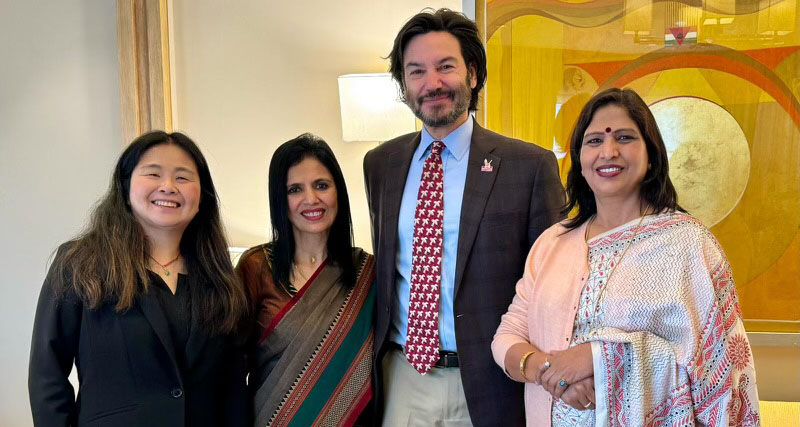I cannot remember a time when India didn’t have special significance for me. My parents once lived there and raised me with a sincere appreciation for the culture, history and, of course, food! When I visited for the first time at 19 years old, my visions of the country and its history came to life through its beautiful architecture, art, and cuisine. I was also struck by the energy of a growing population in search of opportunity.
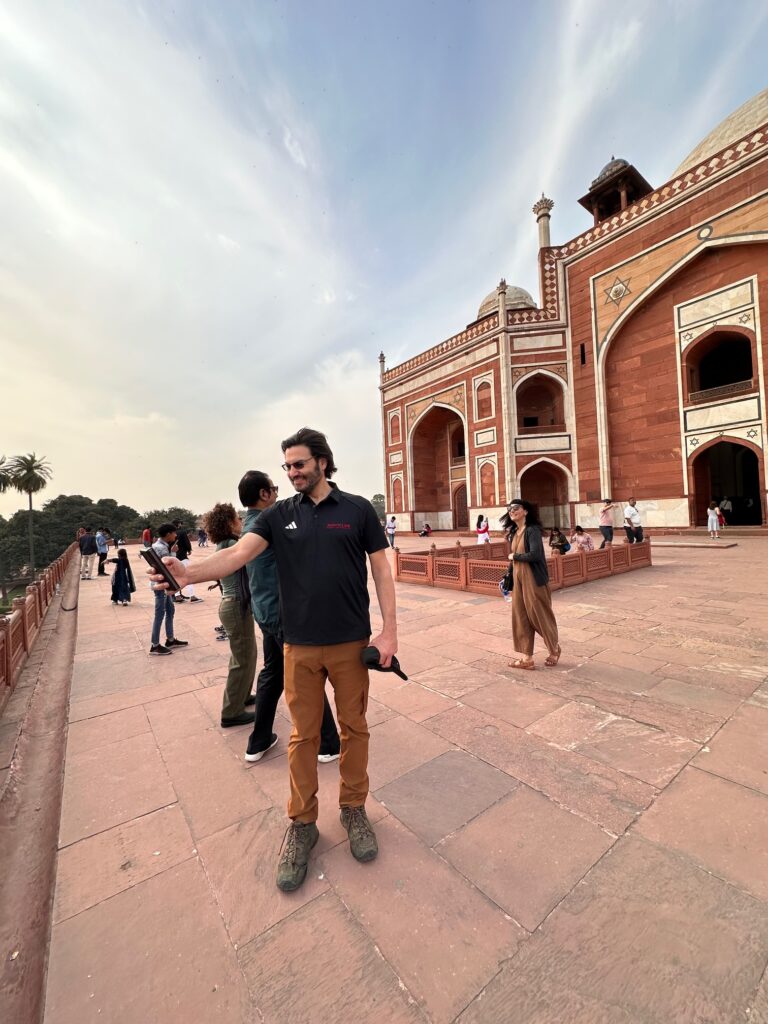
Years later, I visited again. I witnessed a new India emerging – one pulsing with the potential of an incredibly talented, educated, and motivated population. My fascination with India led to my teaching a course, called “Emerging Markets: India” at the Yale School of Management. It culminated with a two-week trip to Mumbai, Bangalore, and New Delhi. During this visit, I had the honor of meeting then-Prime Minister Dr. Manmohan Singh and other leaders in business and government. It felt like we were witnessing the start of a period of explosive economic growth, illustrated by the emerging skyscrapers, subways, and other facets of modern infrastructure that seemed unimaginable in the same place not long before.
This past February, through the IIE Leadership Delegation to India, I was able to see firsthand just how far this country has come since my visit nearly two decades ago. The booming, dynamic environment now clearly reflected a highly developed economy. I was most enthusiastic about the new approach to higher education being advanced, propelled by significant changes to the National Education Policy.
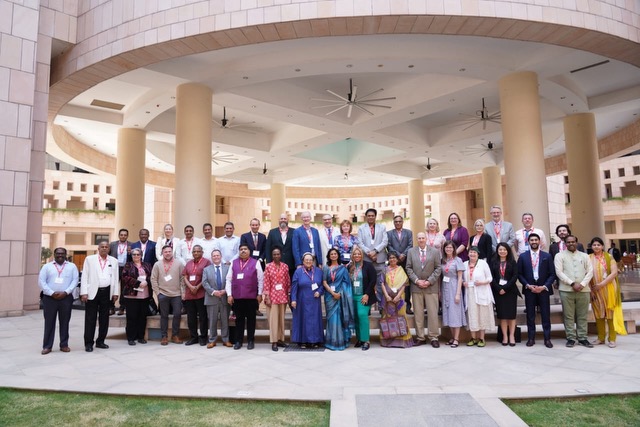
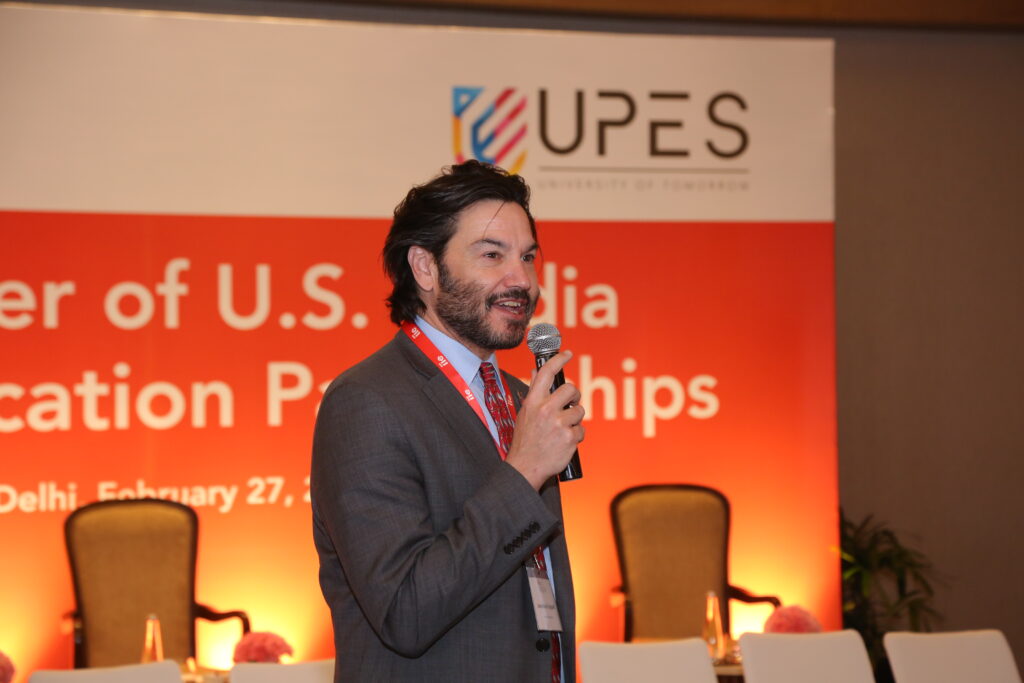
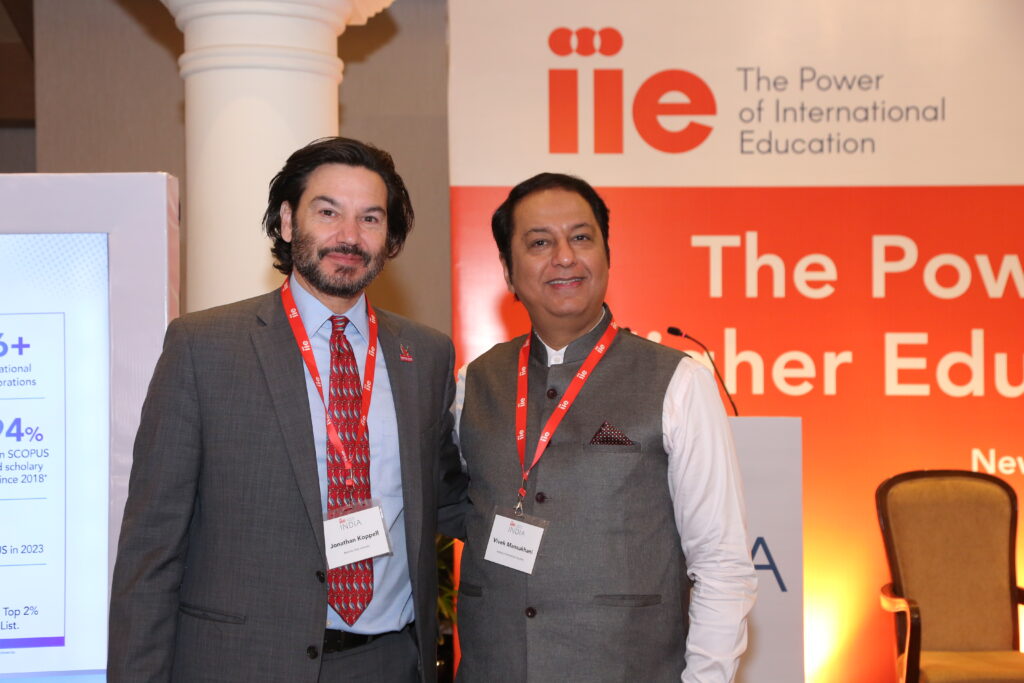
With a concerted effort by the Indian government to restructure regulations to create an inclusive, accessible education system, the opportunities for Indian students and international universities are now endless. Consider these data points that my colleagues and our counterparts in India shared during the Leadership Delegation:
- More than 40% of India’s 1.4 billion population is under the age of 25, and demand for education exceeds in-country supply
- Total higher education enrollment was nearly 43.3 million in academic year 2021-2022, marking a 26.5% increase from 2014-2015[1]
- There are 1,168 Universities registered in India (Compare that to nearly 4,000 degree-granting academic institutions in the US 2019-2020[2], with enrollment of about 18 million[3])
- A great deal of these students will study abroad: more than 265,000 Indian students came to the United States to pursue higher education in the 2022–23 academic year, an all-time high
The takeaway is that India has a plethora of eager students, but not nearly enough universities to teach them. American higher ed can assist here. Not only do many of our institutions have capacity, deepening our partnerships across universities in the U.S. and India is a win-win for all.
Students are exposed to academic excellence and diverse programs, as well as research opportunities, professional development, and cross-cultural immersion. American universities benefit from the talent and diversity Indian students bring to campus, enriching intercultural exchange and offering different ideas and attitudes for consideration.
Montclair State University, where I serve as President, is no exception. Located just 12 miles from New York City, our proximity to this hub for the culture and business provides unparalleled exposure to experiences, internships, and job opportunities in a wide variety of fields. We’re known for our diverse and inclusive campus culture and rank in the top ten of U.S. universities for social mobility, a measure of how well schools enroll and graduate low-income students and bring them closer to prosperity. We also rank highly (no. 11) for graduation rate performance.
Ultimately, Montclair prides itself on delivering transformational opportunities for students of all backgrounds, including international students. And we have the support of our state government. This year, Governor Phil Murphy announced the launch of the New Jersey-India Commission to further strengthen ties by promoting cultural and educational exchanges.
I am energized by the many opportunities for collaboration we identified while on the IIE leadership delegation, especially in regard to programs of increasing interest to Indian students, such as Media Studies, Nursing, and Education.
In my many conversations with Indian leaders throughout the week, it was clear that our priorities align: ensuring that education remains a public good that is accessible and affordable to all students who are eager to conquer a complex world. I couldn’t be more excited to partner closely with a country I’ve always had a particular fondness for to create the future of international education together.
[1] All India Survey on Higher Education, Government of India Ministry of Education, Department of Higher Education, New Delhi
[2] https://www.usnews.com/education/best-colleges/articles/how-many-universities-are-in-the-us-and-why-that-number-is-changing
[3] https://www.bestcolleges.com/research/college-enrollment-statistics/#fn-1
